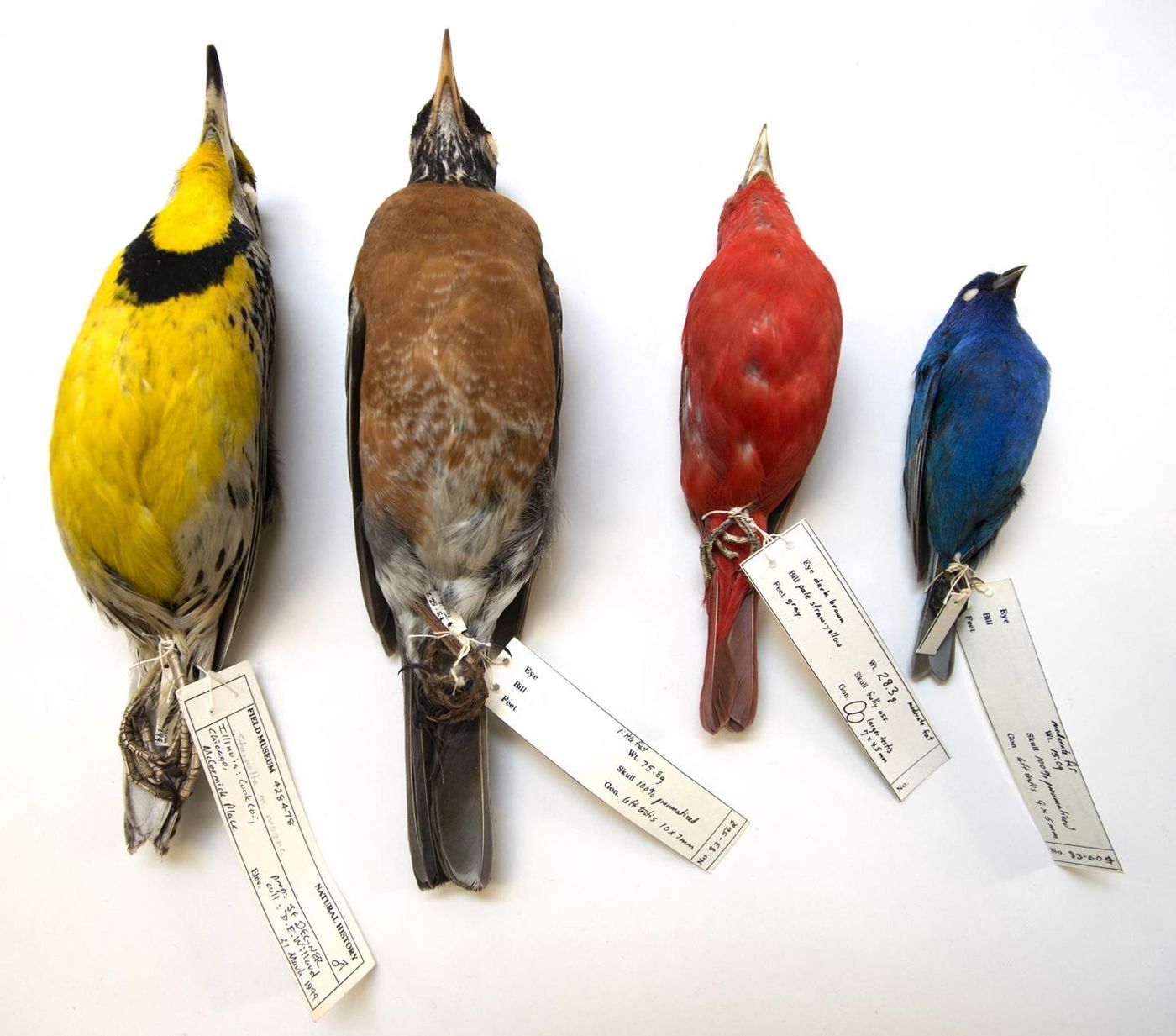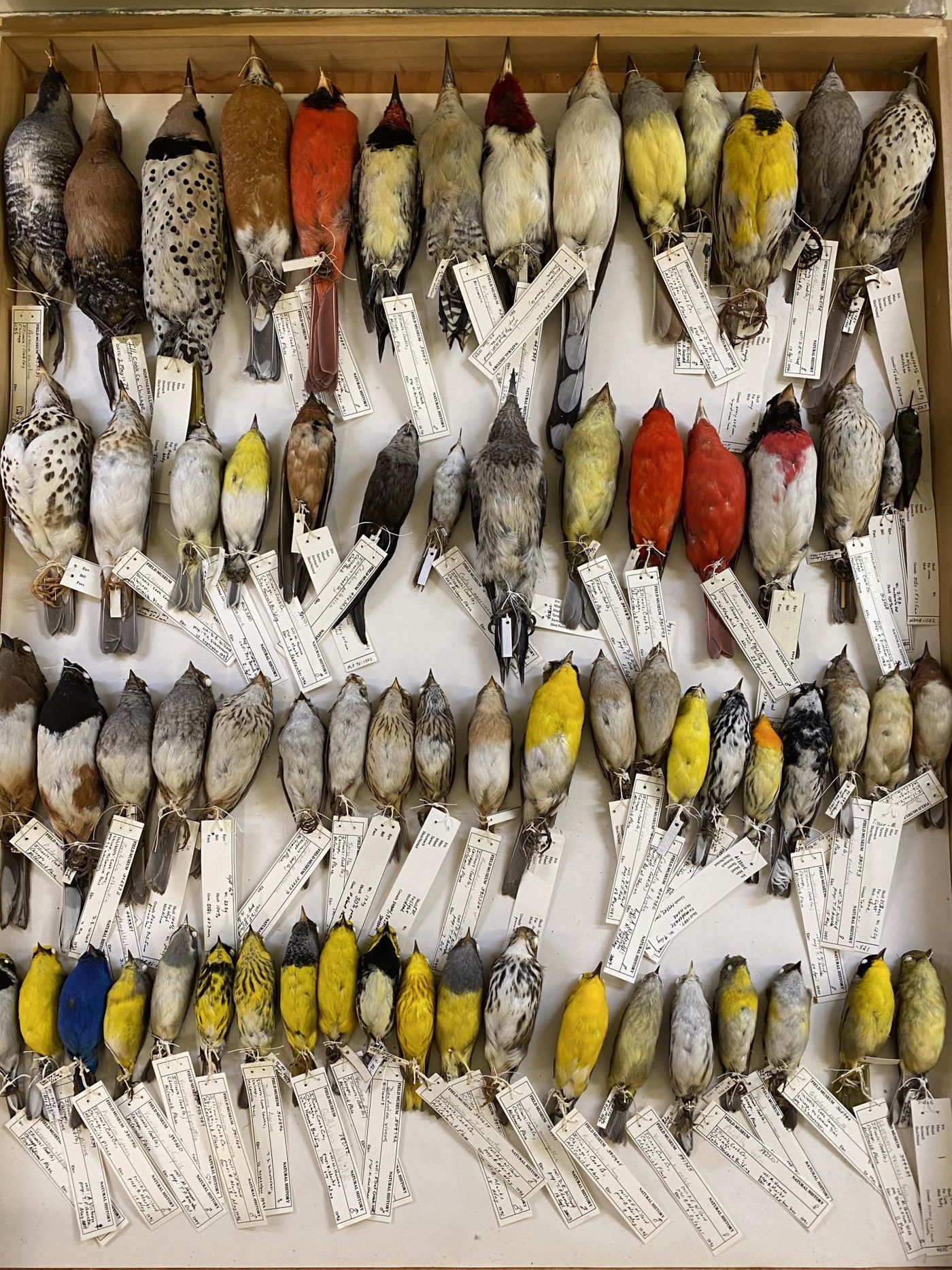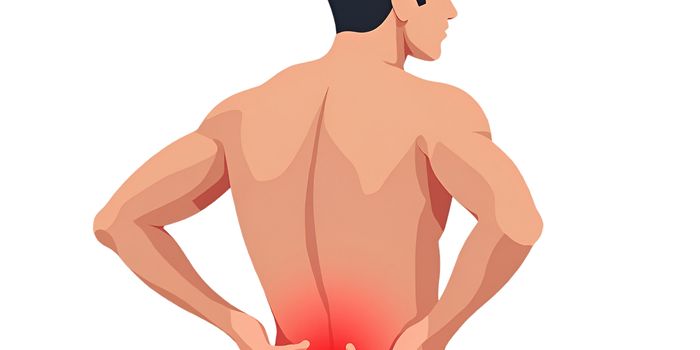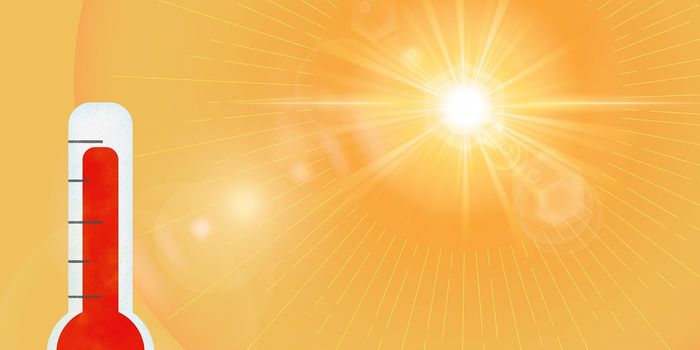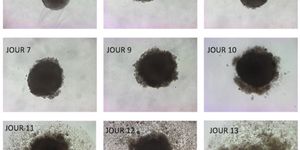A Simple Switch Saves the Lives of Migratory Birds
Migrating birds face daunting challenges in the modern world, and many are dying off at alarming rates. Researchers have now found that by simply turning off lights in buildings, many birds can be spared from colliding with windows and dying. Field Museum researchers have found that when half of the lights at the McCormick Place convention center in Chicago were turned off during the spring bird migration season, there were 11 times fewer collisions and during fall migration, there were six times fewer collisions compared to nights when all the windows were bright. The findings have been reported in PNAS.
"Our research provides the best evidence yet that migrating birds are attracted to building lights, often causing them to collide with windows and die," said lead study author Benjamin Van Doren, a postdoctoral associate at the Cornell Lab of Ornithology. "These insights were only possible thanks to over 40 years of work by David Willard at the Field Museum, who led collisions and light monitoring efforts."
David Willard, the collections manager emeritus at the Field Museum first heard about birds flying into McCormick Place, which is a mile south of the Field Museum, in 1978. "I went down early one morning, just out of curiosity, and wandered around and actually found four or five dead birds," said Willard. "I might not have gone back if I hadn't found anything that first day, and now here we are, 40 years later and 40,000 birds later."
Willard and colleagues have gone to the site every day in the morning during migration seasons. There have been as many as 200 birds and as few as none, but he has made a record of each one. He noticed a pattern a couple of decades ago - that fewer birds were on the ground when the lights had been out because of holidays or construction. He began to also collect data about the lighting, as well as weather records and radar data.
"We developed a statistical model based on the number of windows illuminated at McCormick Place, weather conditions, migratory passage, and time of season. This allowed us to isolate the relationship between window lighting and collisions while accounting for these other factors," said Van Doren.
Though wind direction and the number of birds in flight had an influence, the most significant factor was light. Fewer birds died when more windows were dark. "The sheer strength of the link between lighting and collisions was surprising," said Van Doren. "It speaks to the exciting potential to save birds simply by reducing light pollution."
The researchers have estimated that decreasing lighted window areas by half can reduce bird mortality at McCormick Place by 59 percent. The general effect holds true for other buildings.
"Buildings all across North America, all across the world, are killing birds, and those add up," said Doug Stotz, a senior conservation ecologist at the Field. "What we've learned in the past 20 years about lights being on has caused the city of Chicago to create its Lights Out program, which requires buildings' external lights to be turned off during peak migration. I hope this paper will show why it's important to turn off internal lighting as well, especially in Chicago, which is the country's deadliest city for migrating birds."
"Our study contains a hopeful message: we can save birds simply by turning off lights during a handful of high-risk days each spring and fall," Van Doren added. "By adapting our existing public migration forecasts to identify nights with high collision risk, we will be able to issue targeted lights-out advisories several days in advance."
Sources: AAAS/Eurekalert! via Field Museum, Proceedings of the National Academy of Sciences (PNAS)
